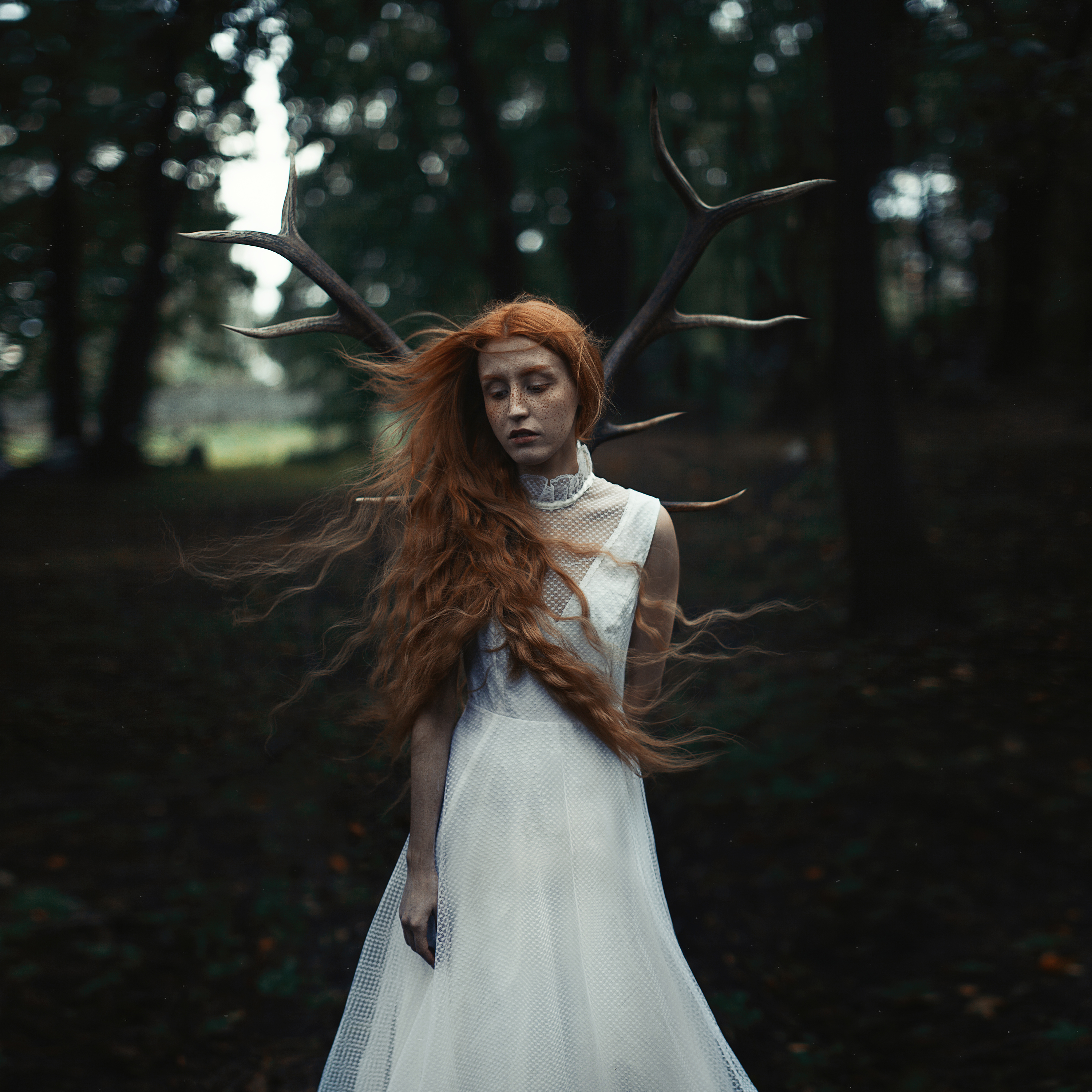“Reminiscencia is not a finished project,” proclaims the artist who goes by the moniker Ezo Reiner. A quick glance at the project, and one tends to disbelieve that he began photography a decade ago, just for fun. Surreal, hauntingly beautiful, and even seductive, we look at how Renier came up with the idea for this unique series.
You can view this article and much more with minimal ads in our brand new app for iOS, iPadOS, and Android.
If I had to recreate even one of the frames the enigmatic Reiner has created as part of Reminiscencia, I’d probably be storyboarding every minute detail of the scene. Not Reiner, though. His approach to his project is limited only by the boundaries of his imagination, and he prefers not to pen down the production. That part alone adds a whole new level of surrealism to the project as a whole, aside from the visual aspect. One wonders how many more different scenes he can add to this series. Seeing as he’s been creating this for a decade now, I would think he could keep producing these mind-blowing stills indefinitely. We featured his ‘Phobias’ series a few years ago on our site.
The Essential Photo Gear Used by Ezo Renier
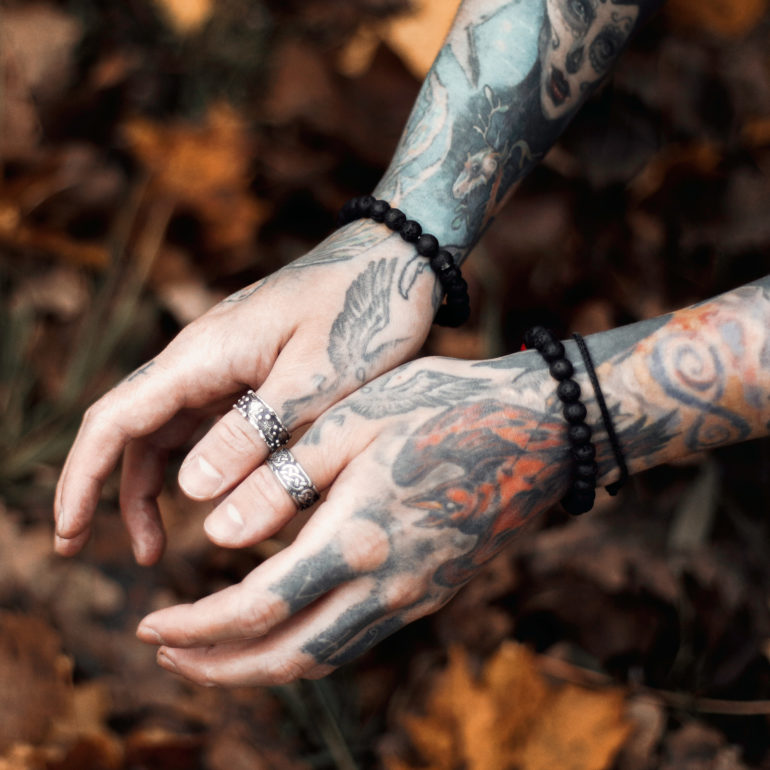
Ezo told us:
At first, I used second-hand cameras, but rather quickly switched to Canon M2, which I use to this day.
The Phoblographer: Please tell us about yourself and how you got into photography.
Ezo Renier: My real name is Ilya. I am a 30-year-old web designer from Saint Petersburg, Russia.
Ten years ago, I decided to start photographing without any practical purpose, just for fun. It was the time of the explosion in popularity of concept photography launched, I suppose, via Alex Stoddard’s Tumblr project called 365, which inspired many contemporaries I know and when I looked at their work, I started to realize that I could make them much better, so I started filming on my own.
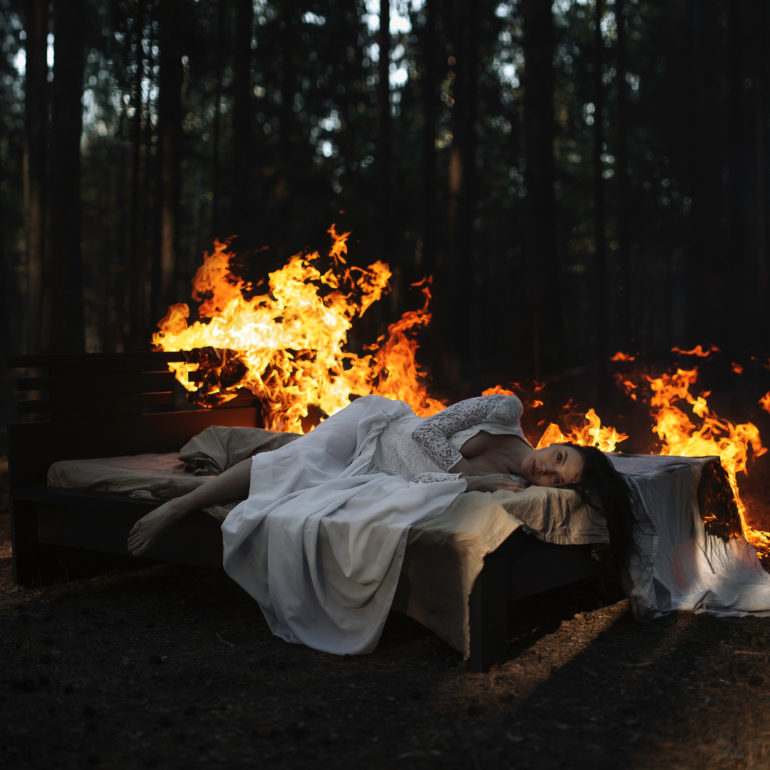
The Phoblographer: What camera gear do you use for your photo series?
Ezo Renier: I don’t think that gear is significant now with modern iPhones. I have only one camera and one 50mm main lens. Pretty quickly, I realized that studio photography didn’t appeal to me, so I started shooting outdoors. But in nature, I only need good sun, so I don’t feel it necessary to have a lot of equipment; just good timing.
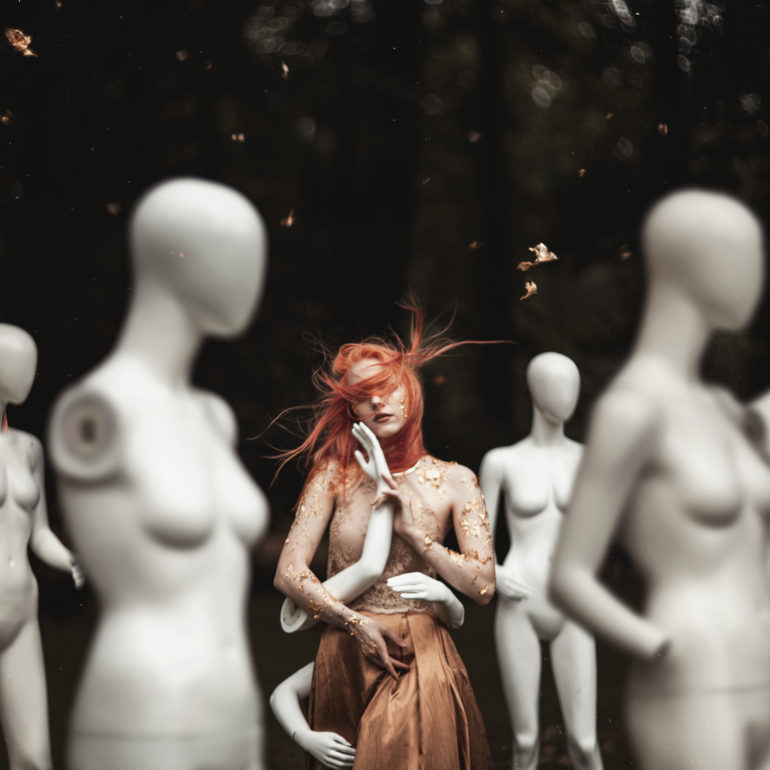
The Phoblographer: What’s the core idea behind Reminiscenia? What inspired the concept?
Ezo Renier: Reminiscenia is a vague memory, an echo of something once seen or heard. People have already drawn and filmed everything they could, so I do not hide that my work is a fusion of ideas, an amalgam of daydreams, visualizations of music, interpretation of books. A kind of quintessence of all my sensory experience
It is positioned not as a photo project for the world but as a personal visual diary. I did not immediately start publishing my works, but as Man Ray once said, “Every artist needs a viewer”.
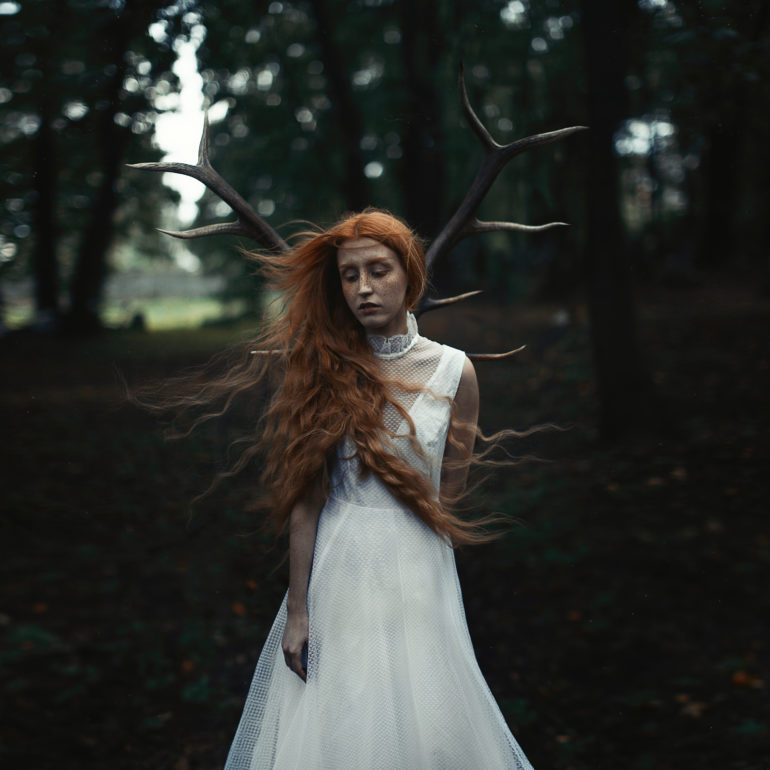
The Phoblographer: Each image is distinct in its production with a lot of intricate and somewhat intoxicating details. How long did the project take to execute?
Ezo Renier: Reminiscenia is not a finished project; it took me ten years to create it, but it must be remembered that my shooting was not continuous. In one year, I could shoot more, in another less. In the third year, I didn’t take the camera in my hands at all. I think that only my death will put the final closure on it.
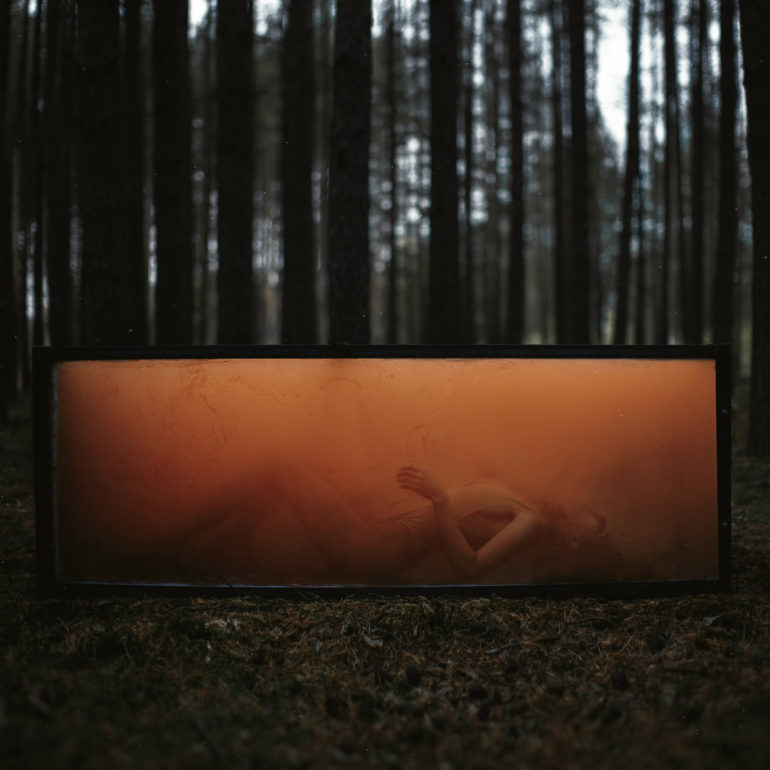
The Phoblographer: What emotions and feelings were you going through while storyboarding these images before photographing them?
Ezo Renier: During filming, I usually listen to music to tune myself in a kind of decadent mood, the imprint of which, I think, is clearly visible.

The Phoblographer: Were there any images whose end result differed significantly from the original thought, after you had post processed them? Or did they all remain true to their original concepts?
Ezo Renier: Unlike many other conceptual photographers, I do not use sketches. I prefer to visualize a sensation in my head rather than a concept since the boundaries of imagination in the head are not squeezed by the framework of the laws physical world.
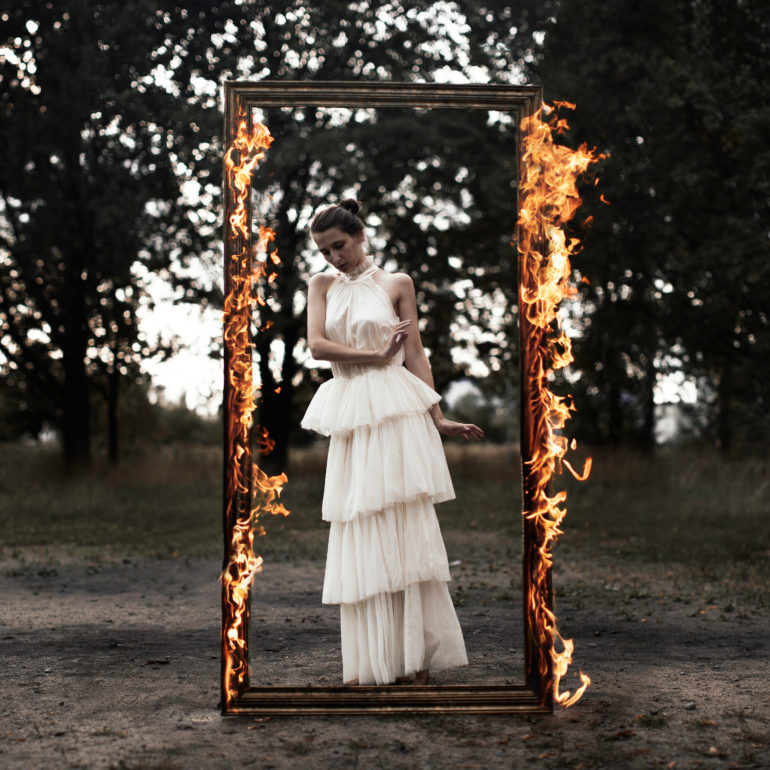
The Phoblographer: How did you stay away from overlaying ideas between the various frames, and make very distinct images have a common theme?
Ezo Renier: The distinctiveness is because sometimes, maybe there are years between shots. I have many other projects allowing attention to be diverted, but Reminiscenia will always be my magnum opus.
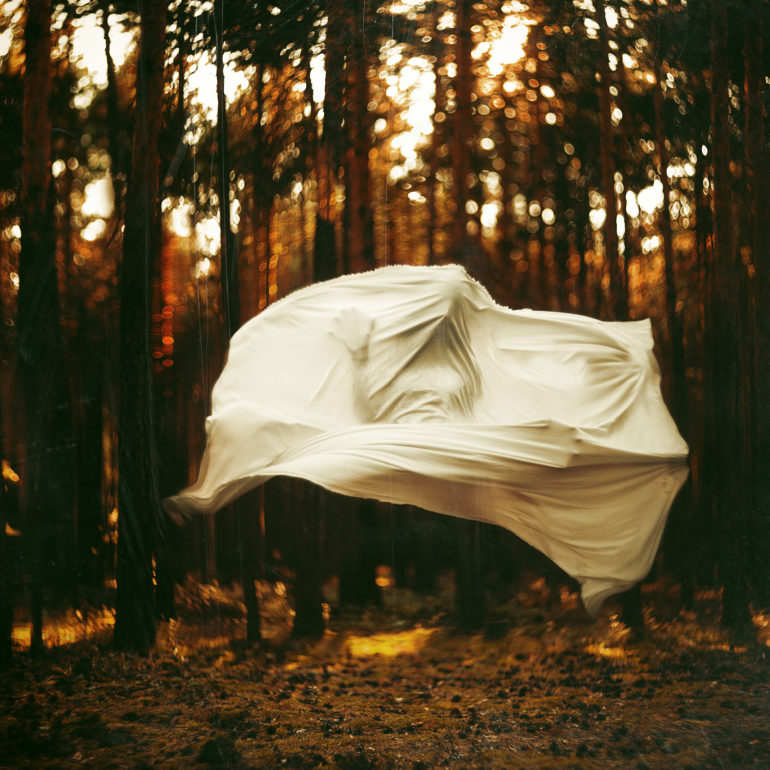
The Phoblographer: Which of these was the most complex to produce?
Ezo Renier: For one of the works, Luminescence, it was necessary to integrate candles into the fingers and pour wax on the model’s torso. It took a lot of time to make a fire, melt the wax, cool it down to a temperature acceptable for the body, and pour over the model. In addition, it was necessary to flood long candles for the fingers and make sure during the shooting that the wick on them continued to burn. I was lucky to have friends who supported my ideas and helped in their implementation.
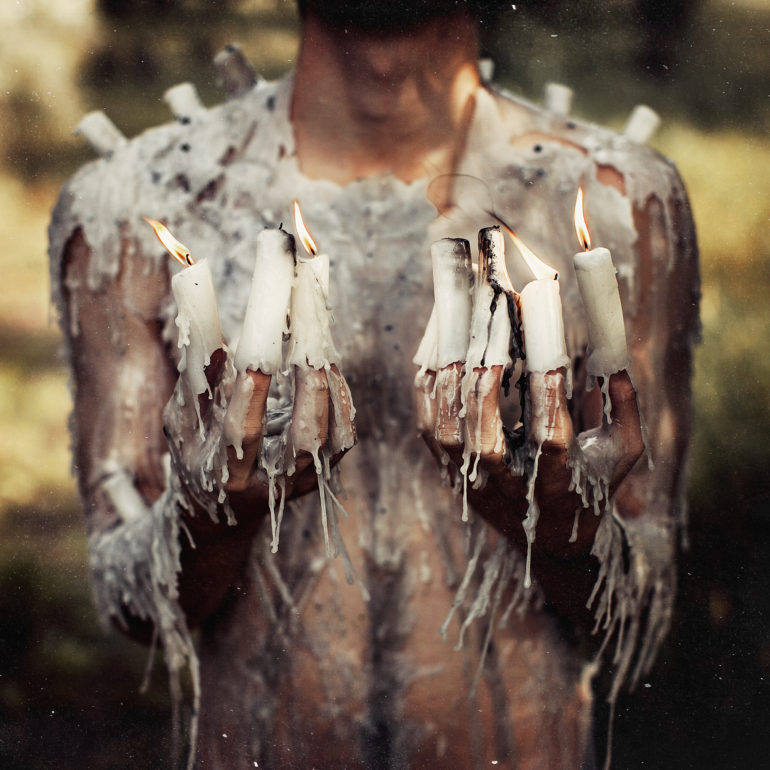
The Phoblographer: Were there any artistic or cinematic inspirations that influenced Reminiscenia?
Ezo Renier: I really love surrealist artists, such as Rene Magritte and Robert Gonsalves, and really love cinema so much that I call myself a cinemaholic. If anyone is looking for movie inspiration, I can advise ‘The Fall‘ by Tarsem Singh or ‘The Cell‘ – both of them are literally a visual orgasm.
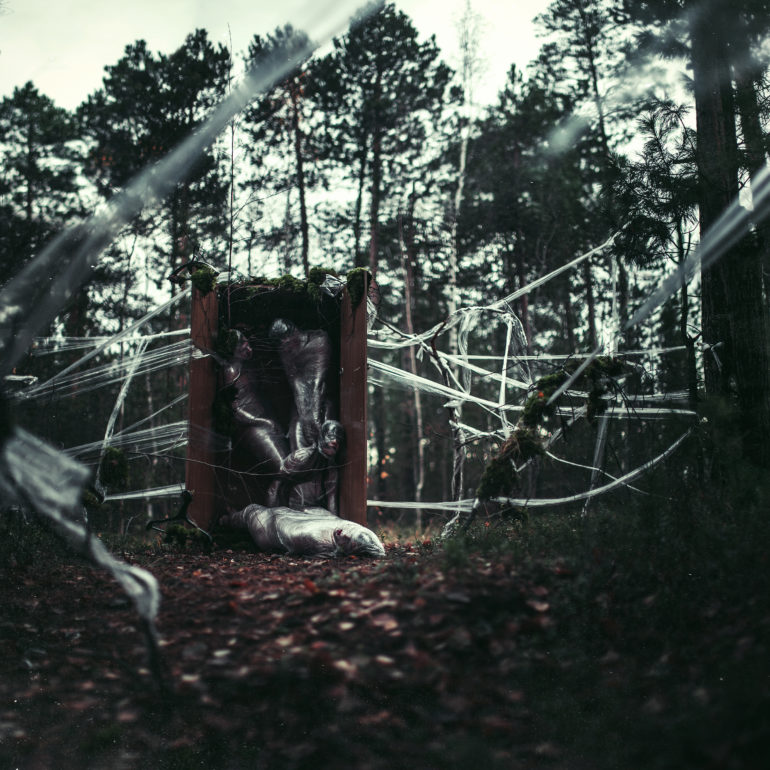
The Phoblographer: The outdoor forest locations also tends to add to the beastly, animalistic feel of many of the images. Were other locations considered for this series?
Ezo Renier: No, the forest is our natural environment, and I deliberately place my models in it. At some point, I can compromise and shoot in studios, as well as in urban areas, but I don’t feel the soul anywhere where I don’t sense the sky above my head.
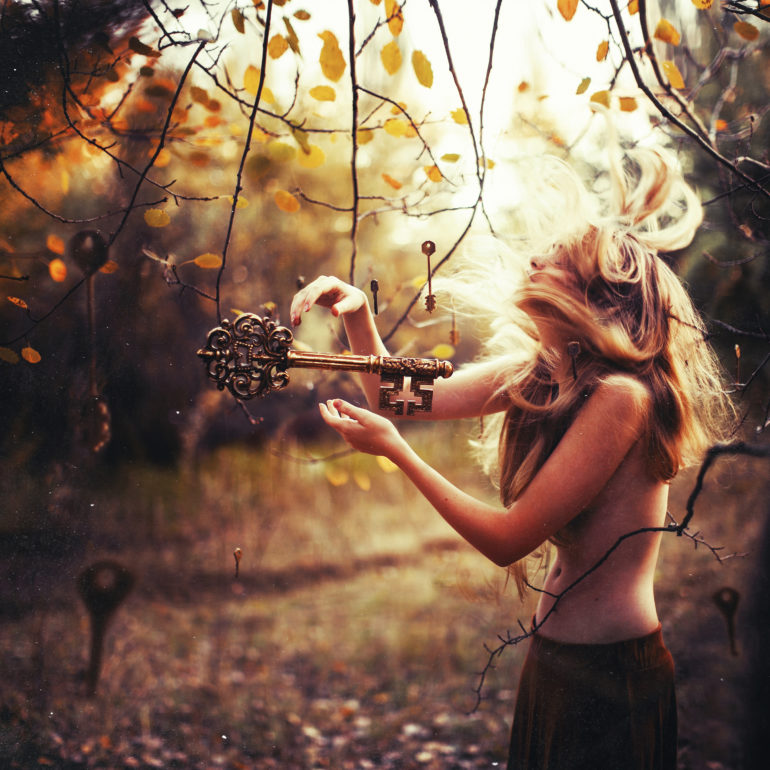
The Phoblographer: The hypnotic, seductive stares of the talents seen in these images locks the viewer into the frame. How did you go about selecting participants for this?
Ezo Renier: Almost all of my early works were filmed with the participation of my crazy friends. Models began to appear many years later when I became recognizable on the network and could safely write to others. Until that moment, they would hardly have subscribed to my ideas and did not feel the need for it.

All images by Ezo Renier. Used with permission. Please visit his Behance and Instagram pages to see more of his work.


